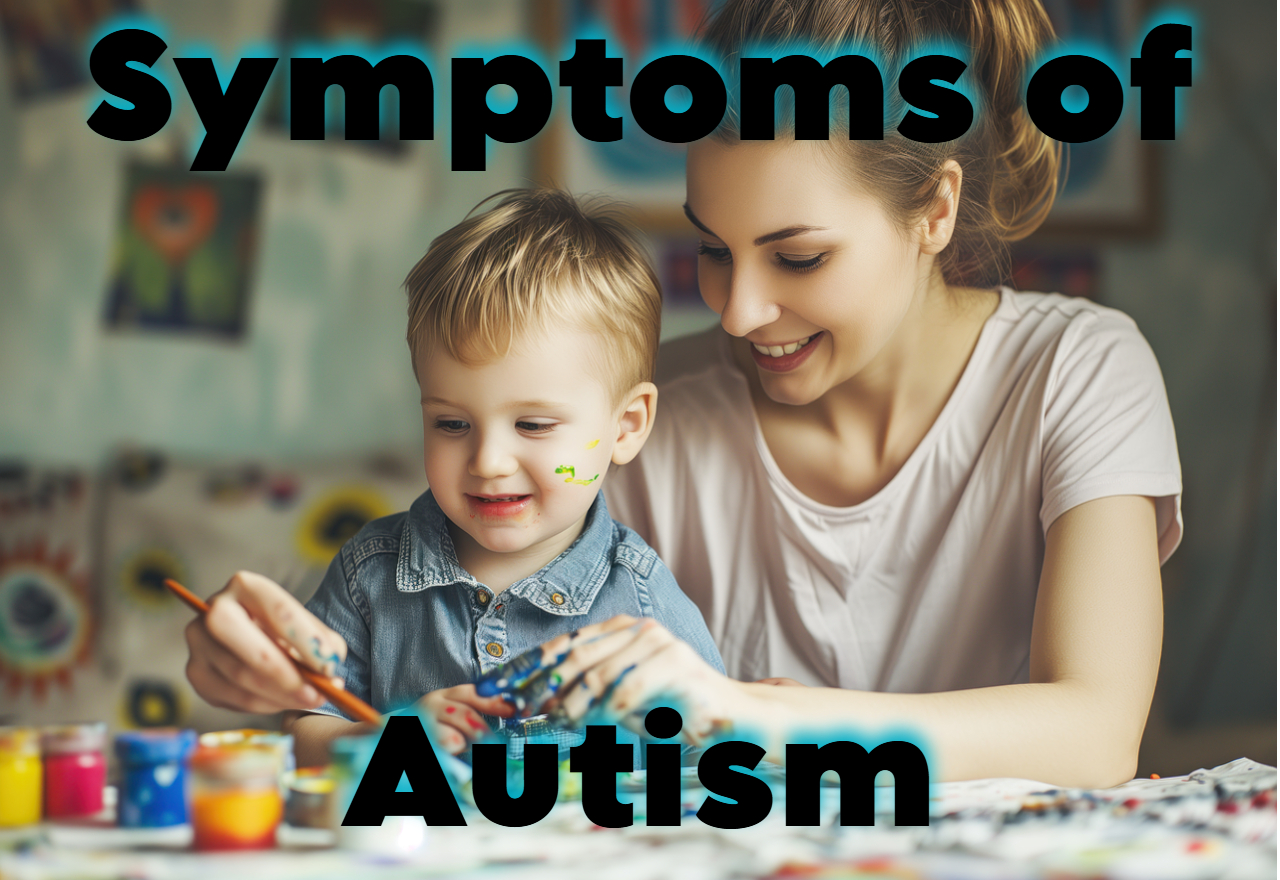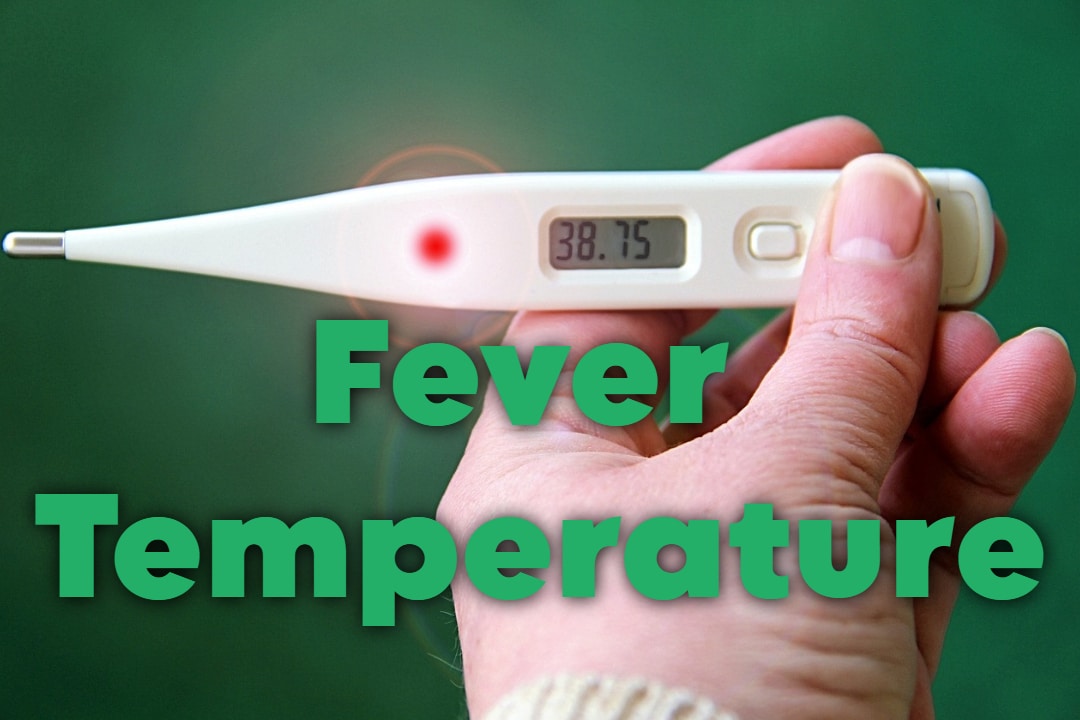Autism Spectrum Disorder (ASD) is a neurodevelopmental condition that affects communication, behavior, and social interactions. It is called a spectrum disorder because the signs and severity can vary widely among individuals. Understanding the primary symptoms of autism can help with early diagnosis and effective management.
This blog will delve into the three main symptoms of autism while covering how these symptoms manifest in boys, girls, toddlers, and adults. Additionally, we will explore possible causes and answer common questions surrounding autism.
The 3 Main Symptoms of Autism
Autism symptoms can generally be grouped into three main categories:
1. Social Communication Challenges
- Difficulty understanding social cues, such as tone of voice or facial expressions.
- Trouble building and maintaining relationships.
- Limited eye contact or inappropriate responses during conversations.
2. Restricted and Repetitive Behaviors
- Engaging in repetitive movements, like hand-flapping or rocking.
- Intense interest in specific topics or objects.
- Strong adherence to routines and distress when disrupted.
3. Sensory Sensitivities
- Overreaction or underreaction to sensory input, like sounds, textures, or lights.
- Avoidance of certain environments due to sensory overload.
These core symptoms can present differently based on factors such as age and gender. Let’s explore this in more detail.

How Symptoms Vary Across Age and Gender
Symptoms of Autism in Boys
Boys are four times more likely to be diagnosed with autism than girls. Key indicators in boys include:
- Signs of autism in toddlers age 2: Lack of pointing, minimal interest in playing with peers, and delayed speech.
- Signs of an autistic child at age 3: Difficulty sharing toys, limited verbal communication, and repetitive play patterns.
Symptoms of Autism in Girls
Autism in girls often goes undiagnosed because they may mask their symptoms by mimicking social behaviors. Common signs include:
- Overwhelming anxiety in social settings.
- Strong focus on specific interests that may appear socially acceptable (e.g., animals or books).
- Subtle repetitive behaviors, like doodling or tapping.
Symptoms of Autism in Adults
Adults with autism might experience:
- Difficulty interpreting sarcasm, jokes, or abstract language.
- Struggles with workplace relationships or team dynamics.
- Rigid routines and sensory sensitivities.
Developmental Signs Across Age Groups
The symptoms of autism can appear early but may become more apparent as the child grows. Below is a table summarizing key signs across different age groups:
| Age Group | Common Signs |
|---|---|
| Babies (up to 1 year) | Lack of response to name, limited smiling, and delayed babbling or cooing. |
| Toddlers (1-3 years) | Repetitive actions, difficulty playing with others, and limited eye contact. |
| Preschoolers (3-5) | Difficulty expressing emotions, reliance on routines, and hyper-focus on specific objects. |
| School Age (6-12) | Struggles with making friends, repetitive behaviors, and difficulty following social rules. |
| Adults (18+) | Challenges in relationships, sensory sensitivities, and persistent focus on specific interests. |
What Are the 3 Main Causes of Autism?
While the exact causes of autism remain unknown, research highlights the following contributing factors:
- Genetic Factors: Mutations in certain genes are linked to autism, particularly in families with a history of the disorder.
- Environmental Influences: Exposure to toxins, infections, or medications during pregnancy may increase the risk.
- Neurological Differences: Abnormal brain development and connectivity may contribute to autistic traits.
FAQs on Autism Symptoms
1. What are the 3 main symptoms of autism in babies?
The main symptoms in babies include lack of response to name, absence of eye contact, and delayed milestones like babbling or smiling.
2. What are the signs of autism in toddlers age 2?
Key signs include repetitive behaviors, delayed speech, and reduced interest in social interaction or play.
3. What are the 3 main symptoms of autism in adults?
In adults, these symptoms often involve difficulty understanding social cues, rigid routines, and heightened sensory sensitivities.
4. How do the symptoms of autism in boys differ from those in girls?
Boys typically display more visible repetitive behaviors and social difficulties, while girls may mask their symptoms, leading to delayed diagnosis.
5. Are the signs of an autistic child at age 3 different from those in babies?
Yes, as children grow, symptoms like speech delays, trouble with social interaction, and reliance on routines become more noticeable.
Final Thoughts
Understanding the three main symptoms of autism—social communication challenges, repetitive behaviors, and sensory sensitivities—can pave the way for early diagnosis and intervention. While symptoms can vary by age and gender, awareness of these signs is crucial for providing the necessary support to individuals with autism.
By recognizing these symptoms and their potential causes, families, caregivers, and educators can make informed decisions and create an environment where autistic individuals can thrive.
If you suspect autism in yourself or someone close to you, consulting a healthcare professional is the first step toward better understanding and support.


